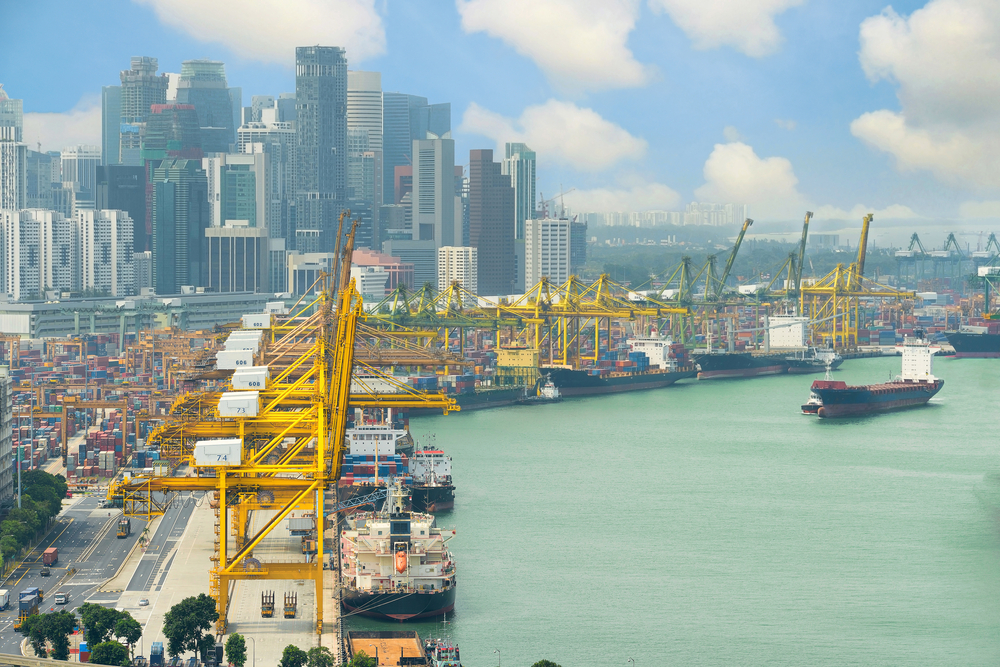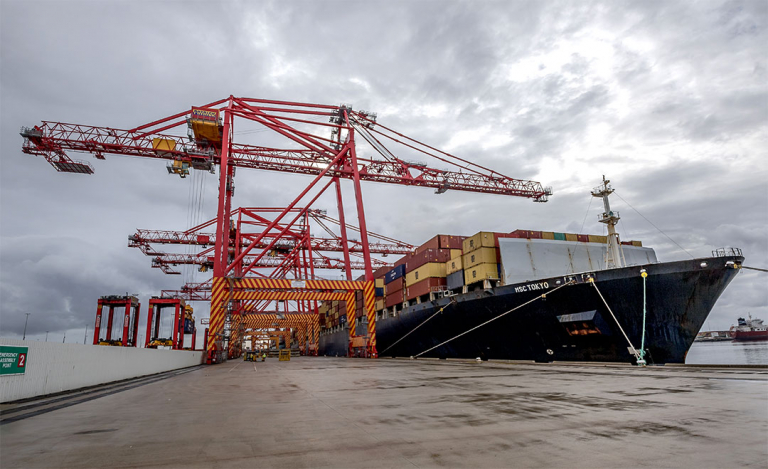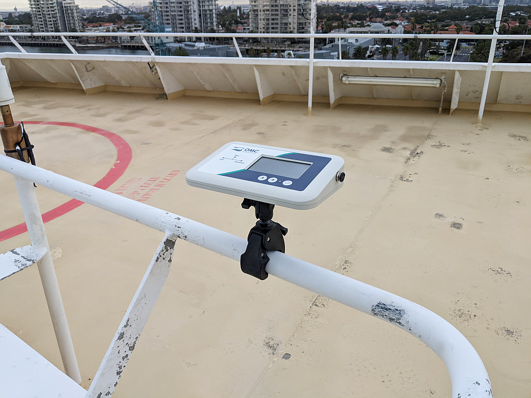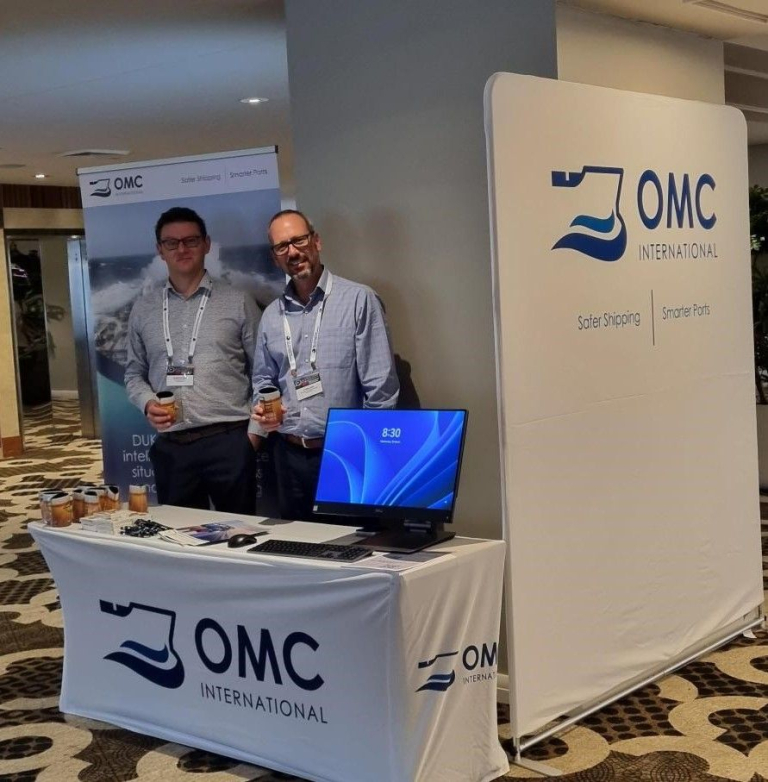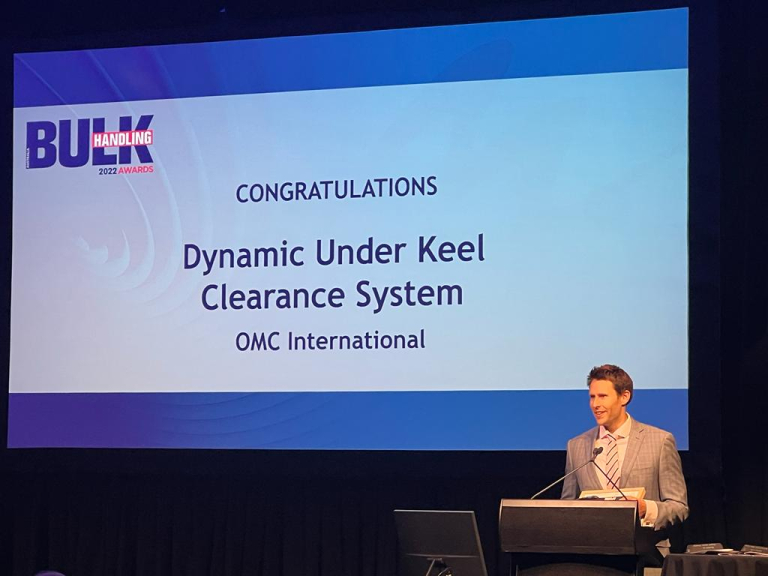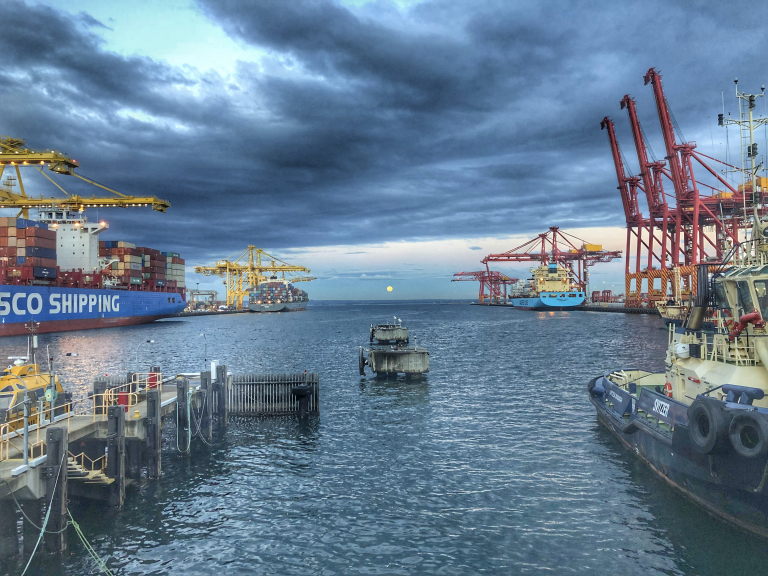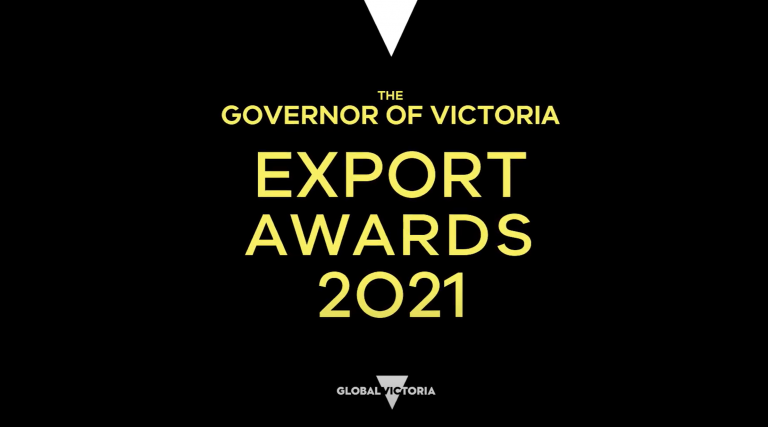Static underkeel clearance (UKC) rules, widely adopted for the transit of large ships through draught-restricted port approach channels and waterways are, by their very nature, unresponsive to environmental changes and therefore, on any given day, can range from very conservative to unsafe. They will not warn of pending groundings and it is likely that the only risk prevention control is the ship handler experience.
This paper looks at how a change in the methodology on how UKC is calculated and regulated can improve safety for all ports. It considers all the factors that need to be taken into account when assessing UKC, and outlines a proven dynamic UKC technology which ensures safety, releases economic benefits, accounts for changing environmental conditions and provides risk mitigation tools when unanticipated developments such as engine failure occur during transit. The paper concludes with a brief discussion on new developments in UKC information exchange for eNavigation.
Click here to read the full article: https://wpstaging.omcinternational.com/wp-content/uploads/2010/06/PIANC-Improving-Navigational-Safety-and-Port-Efficiency.pdf
